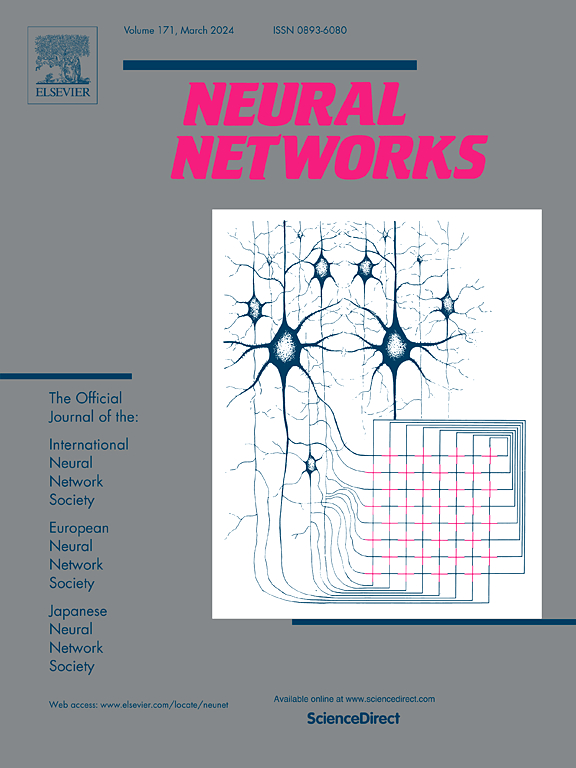S3H: Long-tailed classification via spatial constraint sampling, scalable network, and hybrid task
IF 6
1区 计算机科学
Q1 COMPUTER SCIENCE, ARTIFICIAL INTELLIGENCE
引用次数: 0
Abstract
Long-tailed classification is a significant yet challenging vision task that aims to making the clearest decision boundaries via integrating semantic consistency and texture characteristics. Unlike prior methods, we design spatial constraint sampling and scalable network to bolster the extraction of well-balanced features during training process. Simultaneously, we propose hybrid task to optimize models, which integrates single-model classification and cross-model contrastive learning complementarity to capture comprehensive features. Concretely, the sampling strategy meticulously furnishes the model with spatial constraint samples, encouraging the model to integrate high-level semantic and low-level texture representative features. The scalable network and hybrid task enable the features learned by the model to be dynamically adjusted and consistent with the true data distribution. Such manners effectively dismantle the constraints associated with multi-stage optimization, thereby ushering in innovative possibilities for the end-to-end training of long-tailed classification tasks. Extensive experiments demonstrate that our method achieves state-of-the-art performance on CIFAR10-LT, CIFAR100-LT, ImageNet-LT, and iNaturalist 2018 datasets. The codes and model weights will be available at https://github.com/WilyZhao8/S3H
求助全文
约1分钟内获得全文
求助全文
来源期刊

Neural Networks
工程技术-计算机:人工智能
CiteScore
13.90
自引率
7.70%
发文量
425
审稿时长
67 days
期刊介绍:
Neural Networks is a platform that aims to foster an international community of scholars and practitioners interested in neural networks, deep learning, and other approaches to artificial intelligence and machine learning. Our journal invites submissions covering various aspects of neural networks research, from computational neuroscience and cognitive modeling to mathematical analyses and engineering applications. By providing a forum for interdisciplinary discussions between biology and technology, we aim to encourage the development of biologically-inspired artificial intelligence.
 求助内容:
求助内容: 应助结果提醒方式:
应助结果提醒方式:


